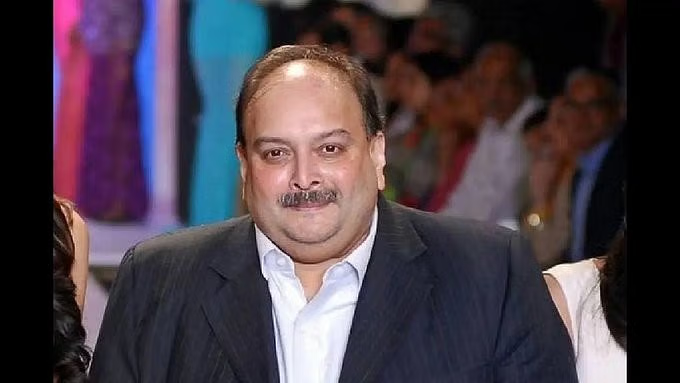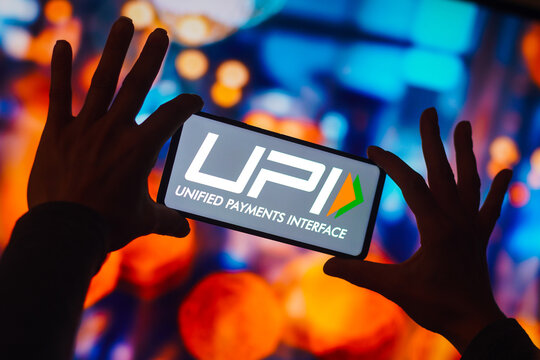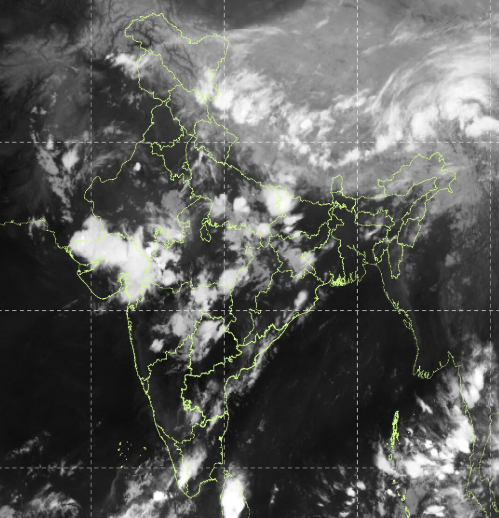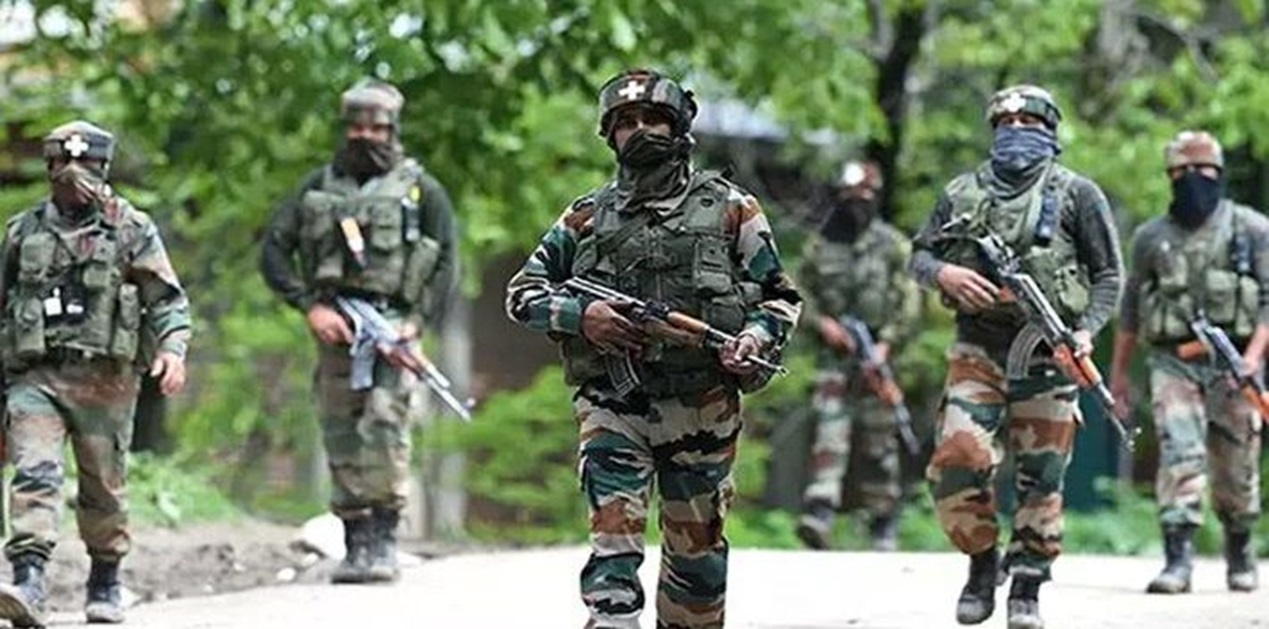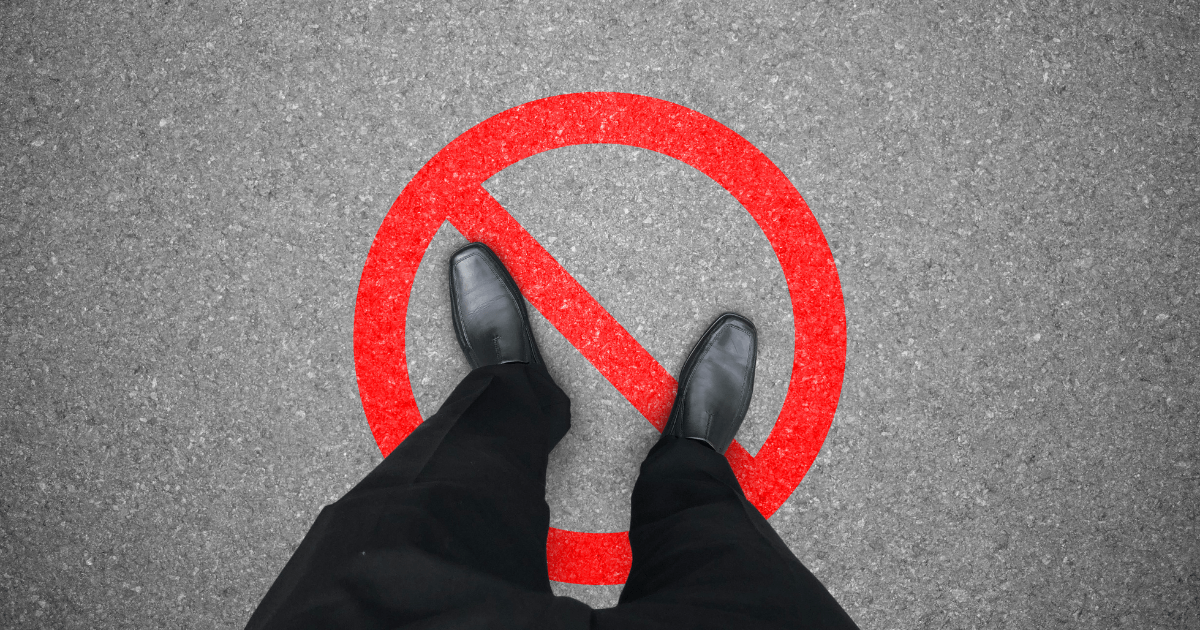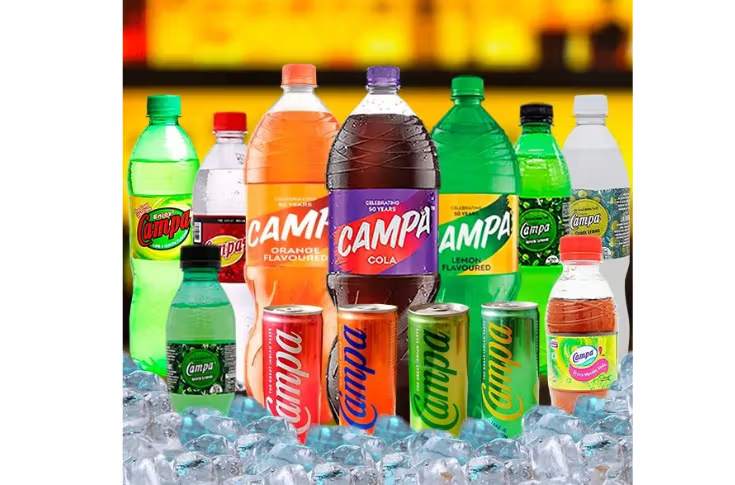
Introduction
Campa Cola, the once-iconic Indian soft drink brand of the 70s and 80s, is back — and it’s shaking up the ₹38,000 crore Indian beverage market. Originally launched in 1977 by the Pure Drinks Group after Coca-Cola exited India, Campa Cola enjoyed massive popularity until liberalization in the 90s brought back global giants like Coca-Cola and Pepsi. The brand faded, but its nostalgic pull never disappeared.
In 2022, Reliance Consumer Products Ltd. (RCPL), a subsidiary of Reliance Industries, acquired Campa Cola for ₹22 crore. Since its 2023 re-launch, Campa Cola has re-emerged not just as a blast from the past, but as a strategic challenger to global beverage titans.
🚀 The Comeback Numbers
Market Share: As of 2024, Campa Cola commands a 2% national market share, with over 10% share in sparkling beverages in several states like Andhra Pradesh and Uttar Pradesh.
Revenue: The brand reported approximately ₹400 crore turnover in FY 2023–24, with Reliance eyeing ₹1,000 crore by FY 2025.
Growth Outlook: With an annual industry growth of 5%, RCPL is targeting double-digit market share in the next 3 years.
🎯 Marketing & Business Strategies
1. Value-Driven Pricing
RCPL’s biggest weapon? Aggressive pricing. Campa undercuts both Coke and Pepsi:
₹10 for 200 ml, compared to ₹20 for Coca-Cola’s equivalent.
₹20 for 500 ml, while competitors often price above ₹30–₹40.
This has triggered a price war, forcing Coca-Cola and PepsiCo to roll out value packs and offers to retain consumers. Coke introduced a 350 ml + 150 ml free combo at ₹20 to counter Campa’s ₹20 for 500 ml strategy.
2. Nostalgia Meets New Age Appeal
Campa’s rebranding cleverly blends retro vibes with modern flair. It retains the iconic red-yellow packaging while upgrading its messaging to appeal to Gen Z and millennials who crave Indian-made, affordable options. Campaigns emphasize “Swadeshi” roots and affordability.
3. Wide and Deep Distribution
RCPL tapped into Reliance Retail’s vast network:
Reliance Smart, Fresh, JioMart, and kirana stores are key channels.
RCPL offers higher retailer margins to push shelf space — sometimes 10–15% more than competitors.
Plans are underway to invest ₹500–₹700 crore in dedicated bottling units for better reach and scale.
4. Regional Focus Strategy
Instead of launching pan-India, Campa Cola initially targeted price-sensitive regions such as Andhra Pradesh, Telangana, and UP, where global brands have limited control. This allowed the brand to test waters, tweak logistics, and win local trust before scaling nationally.
5. Product Portfolio Positioning
RCPL launched:
Campa Cola (Cola)
Campa Orange
Campa Lemon
Later, introduced Campa Cola Zero (sugar-free) to compete with Coke Zero and Diet Pepsi. The brand plans to expand into other beverage categories like energy drinks, sparkling water, and regional Indian flavors.
🔥 Impact on Coca-Cola and PepsiCo
Coca-Cola holds ~60% market share by value, PepsiCo ~33%.
Campa Cola’s low prices and aggressive retail push have dented their rural and tier-2/3 dominance.
Both global giants have been forced into defensive pricing, promotional campaigns, and loyalty schemes in regional markets.
Retailers are slowly reallocating shelf space to Campa, given better margins and growing demand.
🌍 Beyond Borders: Campa Goes Global
In 2025, RCPL launched Campa Cola in the UAE, targeting Indian expats and the health-conscious market with its Campa Zero variant. Partnering with the Agthia Group, RCPL began positioning Campa as a global Indian brand, paving the way for future entries into Southeast Asia and Africa.
🧠 Key Takeaways
Campa Cola is more than nostalgia; it’s a case of strategic revival through pricing, distribution, and cultural resonance.
RCPL is leveraging its ecosystem — retail, logistics, tech, and finance — to build a full-stack beverage brand.
The soft drink market, once a duopoly, is now a three-way battle, and Campa is no longer a dark horse.
🚧 Challenges Ahead
Can Campa sustain quality at such aggressive prices?
Will consumer loyalty to global brands be easy to break?
How will it handle rural logistics, cold chain, and competition from local soda brands?
Conclusion
Campa Cola’s revival under Reliance Industries isn’t just about resurrecting a brand — it’s a bold, calculated move to reshape India’s FMCG landscape. With smart pricing, deep retail integration, and a story that resonates, Campa Cola is quickly proving it’s not just back — it’s here to lead.


